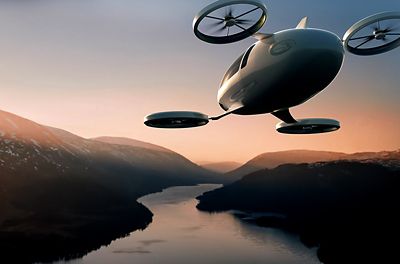Engineering courses are heavy on theory with little connection to practice, especially in the early years of curricula. Many students get discouraged by this and change their major. Cornell University uses Ansys-based simulations to bridge the gap between theory and industrial applications in mechanical and aerospace engineering courses.
In this webinar, I will discuss a broadly applicable framework and methodology for implementing Ansys simulation, which was successfully used in statics, dynamics, fluid dynamics, and heat transfer courses at our university. Our approach uses problem-based learning through hands-on simulations in Ansys with the critical theory taught just in time, focusing on concepts.
A deep conceptual understanding of the underlying theory helps students approach simulations like experts. They learn to verify and validate their simulation results, avoiding the pitfalls of "garbage-in, garbage-out." I will present industry case studies in statics, dynamics, and fluid dynamics using realistic geometries developed in collaboration with Ansys.
Examples presented include pressure vessel static behavior, turbine vibration, and turbulent flow over a car body using Ansys Mechanical and Fluent. We will discuss the details of implementing these case studies in courses and how they enable exciting practical projects such as the aerodynamic design of an electric car and the mechanical design of a bicycle. We will also discuss how this material can be incorporated into courses using best practices in pedagogy, such as active learning.
What You Will Learn
- How to incorporate industry applications into courses using Ansys-based simulations
- How to bridge the gap between theory and industry applications
- 如何将实际模拟课程吗using best practices in pedagogy, such as active learning
Who Should Attend
Engineering educators at the undergraduate level who are interested in incorporating industry applications and practical simulations into their courses while enhancing the learning of theory.
Rajesh Bhaskaran













